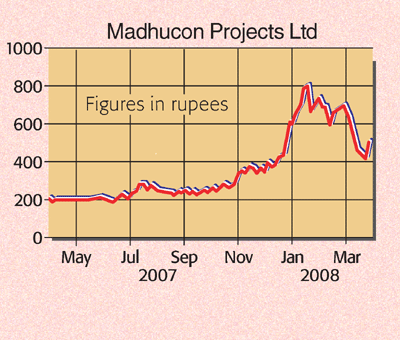
Fifteen years ago, if you wanted to travel from one city to another in China, you faced either a perilous journey by car along narrow rural roads or a trip by lumbering train, squashed in among other anxious passengers. The country’s economic ambitions were being strung out on dodgy rails and in crowded ports. But after spending $240bn on an expressway network that links all its major cities, China has managed to sustain the remarkable growth it had stoked in the 1980s. India today is in the same position as China was 15 years ago. As an agrarian society, India has done little to develop the links between its major cities.
With over 77% of the population living in rural areas, laying a new road into New Delhi or building a bridge across the port in Mumbai hasn’t been high on the agenda for Indian officials seeking re-election. Not a single terminal or runway has been built in the last five years, despite air travel growing by 25% a year during that time.
This neglect is already threatening India’s ambitions for growth: trucks grind to a halt outside cities, workers crawl to work at 20 miles an hour and food rots in fields and lorries while waiting to be delivered. Congestion is already costing the economy $6bn a year.
But as India has woken up to the crisis, there is a unique opportunity for investors to get in on a China-style development plan just as it’s being put into action. To shore up its infrastructure, the government has drawn up a jaw-dropping shopping list: there’s $158bn to be invested in power, $80bn in roads and bridges, $66bn in railways, $57bn in irrigation and $9bn in airports. Almost every Indian firm that has some sort of expertise in construction has been flooded with orders, with most experiencing backlogs stacking up to at least three to four times annual sales.
The government won’t be paying for all this itself. It only plans to stump up 30% of the money laid out in its $500bn plan, leaving the rest to the private sector. But so far, the private sector has been only too eager to snap up the opportunity. For road and bridge projects, for example, the government has been offering a deal called a build-operate-transfer project that has proved very lucrative for infrastructure groups. The firms build a highway with government assistance, then operate them for substantial profit by charging tolls, before handing them back after the contract expires in 20 or 30 years’ time.
However, delivering these projects at the pace the government is demanding will be a tall order. India is suffering a shortage of engineering staff. Up until recently, an engineering graduate stood to pick up a salary of about a third of that of a software graduate. The resulting shortage of engineers has driven up wage bills, with India’s leading construction outfit, Larsen & Toubro, suffering a 50% hike in its wage bill last year. With an order book of $12.6bn, Larsen & Toubro needs engineers fast. And that’s not to mention the slew of claims they’ll face from local farmers and politicians as they lay new roads across the country. Typically, about 25% of the cost of a final project is lost to corruption in India.
However, now that New Delhi is alive to the urgent need to fix its infrastructure, companies building roads, airports and railways will be very busy in the coming years. India will need to invest $500bn in the next five years alone just to sustain the economy’s current annual growth rate of 9%, according to the Indian transport ministry. We consider one firm set to benefit in the box below.
Madhucon Projects: an ambitious road building firm
One of the most ambitious road builders in India in recent years has been Madhucon Projects (LX:MDHG). The company has the richest order book of any publicly-listed Indian firm ($1.1bn), having established itself as the leader in construction of expressways and national highways. Revenues have been growing at more than 60% a year as new projects have piled on. That success has largely been down to the high-margin build-operate-transfer projects it has picked up, but it has also signed up to a number of big-ticket road projects that will sustain the big profit margins it has built up (37% growth year-on-year).
Madhucon is also involved in building infrastructure for irrigation, water supply and sewage treatment. Annual earnings per share are expected to jump from $11.30 last year to $17.80 next year. The stock is up 100% since we tipped it last year, but having slid in line with the market recently, now looks a good time to get back in. Despite the strong gains, the company still trades on a forward p/e of just 7.4, which looks good value. The shares are available as Global Depository Receipts, which trade on the Luxembourg Stock Exchange.